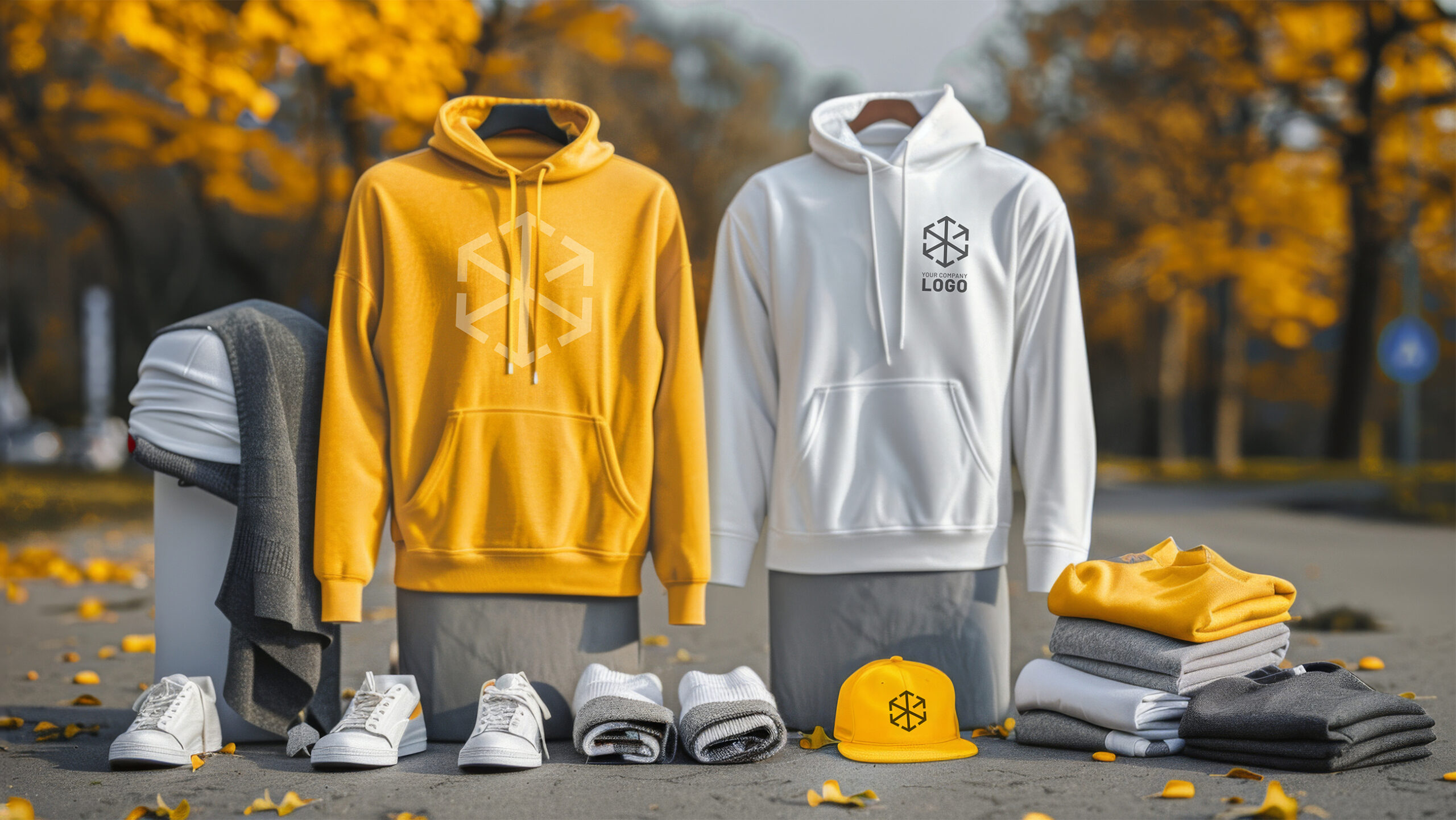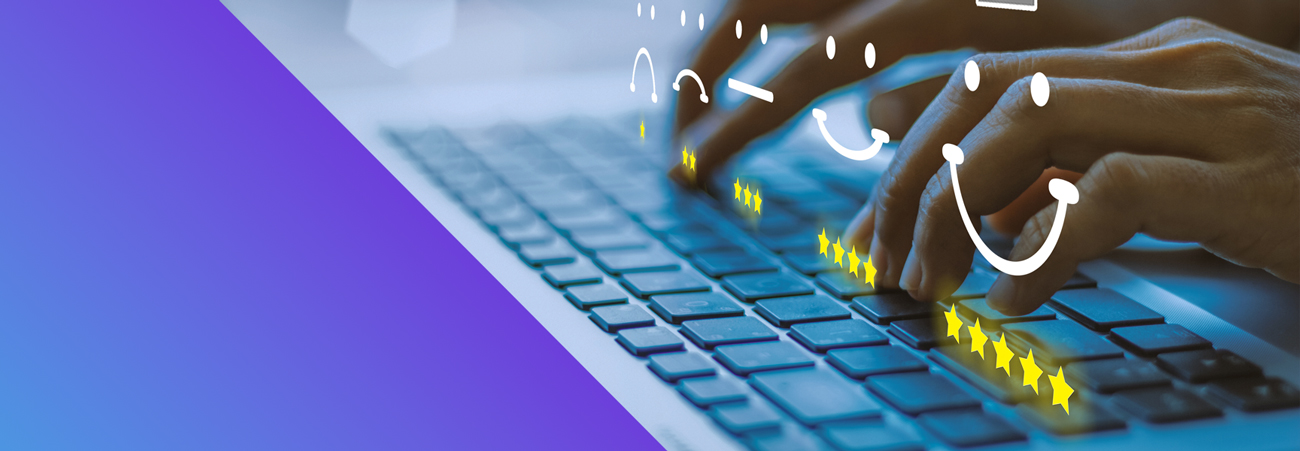Lifecycle optimization.
The blueprint for lasting loyalty.
Acquire
Turn awareness into action—and action into loyalty. Lay the groundwork to win customers from day one.
Develop
From onboarding to upselling, your customers are your most valuable assets. Build a lasting relationship.
Retain
Transactions are just the beginning. Build recognition and trust to keep them coming back for more.
Amplify
Turn happy customers into vocal fans. Fuel advocacy and spark meaningful engagement.
With your customers every step of the way.
We don’t do ordinary loyalty programs. We redefine them. Our solutions evolve with your audience, delivering results that are fast, measurable, and powered by the science of behavioural economics.
Capabilities
- Strategy and program design
- Analytics and insights
- Full creative services
- Technology development
- Printing and fulfillment
- Call centre inbound calls (IB), outbound calls (OB), and interactive voice response (IVR)
- Email and SMS
- Mobile Wallet objects
- Incentives and rewards
Solutions
- Customer loyalty programs
- Channel loyalty programs
- Behaviour change programs
- Member/patient engagement
- Customer appreciation and gifting
- Lifecycle marketing
- Interactive marketing
- Direct marketing
- Omnichannel campaigns
Every metric tells a story.
15.3%
average increase in customer engagement
$100M
annual incremental revenue by loyalty solutions
83
Net Promoter Score – according to Bain & Co, a score above 80 is world-class
Solutions

Branded Merchandise
Build a merchandise strategy that resonates with your employees and customers to keep your brand top of mind.

Gamification
Harness the power of gamification to engage your customers, employees, and partners to do more within the systems that matter to your business.
Loyalty shows.
-

Winning over brand-loyal distributors
A construction product manufacturer boosted nationwide sales and loyalty through the Contractor Rewards program, where contractors earned points for purchases. The test market saw significant growth, leading to a national launch. Strategic promotions further enhanced revenue. See the full results.Learn More -

Increasing contractor loyalty for a plumbing manufacturer
A plumbing manufacturer sought data on customers specifying, paying for, and installing their products. By joining the Contractor Rewards program, they targeted general contractors and sub-contractors, earning preferred brand status and gathering valuable customer data. Discover how this strategy led to increased sales and customer loyalty in our case study.Learn More
Thought Leadership
Learn from the best. BIW thought leaders bring you a deeper look at the business of inspiration.
-

Article
Building customer loyalty in a click-and-swipe-world
The customer loyalty landscape has undergone significant transformations due to the speed of technological advancements, data availability, and customer expectations. Is your loyalty program keeping pace? From fragmented to holistic Today, your customers have multiple ways to connect with your brand, including email, virtual meetings, texts, web- and app–based transactions, and social media platforms. This […]
-

Article
How to integrate social proof into a customer loyalty program
This user-generated content, or social proof, carries significant weight in our decision-making process. In behavioural economics, social proof is the idea that people look to and are highly influenced by the actions or opinions of others. Simply put, consumers use this content to validate decisions. Social proof and customer loyalty programs Overall, social proof represents […]
-

Article
Tiered channel loyalty programs: Strategies and examples
In the world of channel partner incentives, the trend is to encourage specific behaviours and personalize rewards beyond just hitting performance targets for rebates. However, when it comes to building end-customer loyalty through a distribution channel, a well-designed tiering system remains one of the most effective and easy-to-understand structures. Let’s explore how we can leverage tiering to help […]

